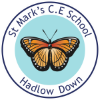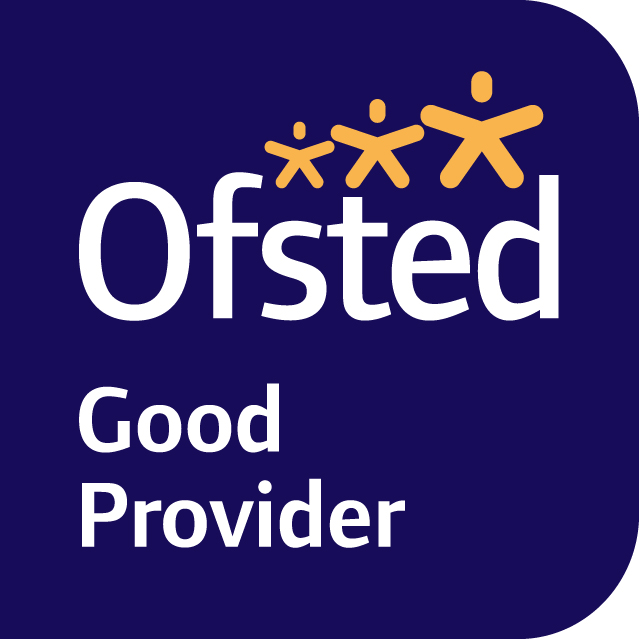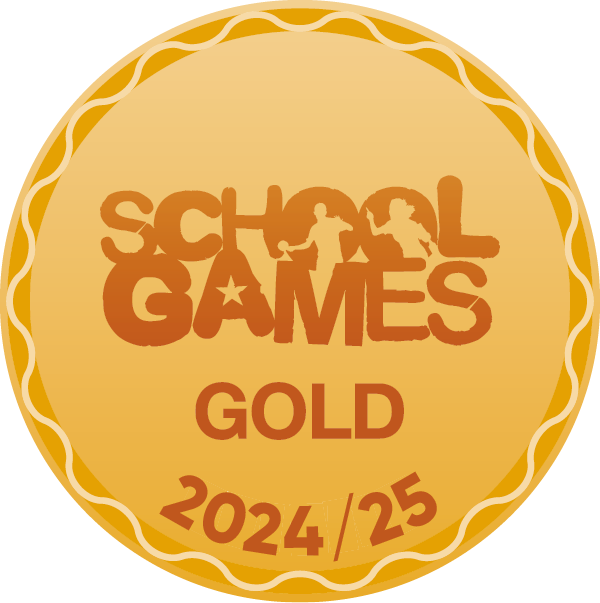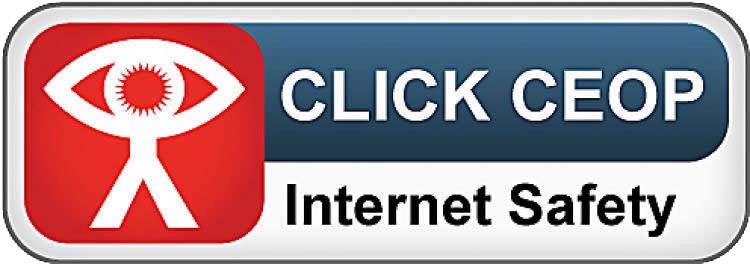Computing
Curriculum Statement
At St Mark’s, the teaching of Computing is based on the aims and purposes outlined in the National Curriculum and sets out the foundational skills, knowledge and aspiration to equip our children to engage fully in a world where school and home life are continually being transformed by technology. Through the computing curriculum, children will be confident, creative and independent learners when using a range of technology responsibly and safely. This will be achieved through both discrete teaching of knowledge and skills and a cross-curricular approach whereby links are made with the maths, science and DT curriculums.
We recognise that technology is evolving at a fast pace and intend for our curriculum to equip children with the skills to use technology both today and in the future. We understand that, by keeping up to date with new technologies, we can support our children in developing confidence and safe practices when using technology and give them the tools to manipulate technology to support their learning for life. The creative, technical and practical expertise needed to perform everyday tasks confidently and to participate successfully in an increasingly technological world.
Our computing programme will teach children to safely use computational thinking skills, digital literacy knowledge and creativity to understand and change the world. We promote the safe use of the internet at the core of our Computing curriculum coverage. Our approach to e-safety helps ensure that we are able to teach children about staying safe when using internet technologies. It also helps make sure pupils themselves know how to behave responsibly online.
The knowledge and skills in our curriculum at St Mark’s builds incrementally to ensure that new knowledge and skills build on what has been taught before: Early Years to Year 6 so that by the end of Key Stage 2, children know, understand and apply the subject content specified in the programme of study for Computing. This enables our pupils to know more and remember more. End points are identified for each year group through a whole school Computing progression plan.
Intent
We are committed to delivering a carefully designed computing curriculum that empowers pupils to embrace and use technology in an ever-evolving digital world. Following the Teach Computing scheme, our approach combines theory-based
learning with practical sessions to enable pupils to understand the core principles of computational thinking. Our pupils will develop the ability to solve problems with creativity, resilience, and critical thinking, while applying these skills in real-world contexts and maintaining their online safety.
We aim for our pupils to become confident, independent, and digitally literate users of technology through high-quality teaching, a variety of software, and applications. Our curriculum ensures that all pupils are supported and challenged, with the aim of making digital literacy accessible to every child. By the end of their education at St Mark’s, pupils will possess a breadth of experience that prepares them to operate confidently as responsible digital citizens and future workplace contributors.
Implementation
We introduce children to a broad range of technological devices, software, and applications through discrete computing lessons, ensuring depth of understanding and skill development in each topic. Where appropriate, computing is used to create meaningful links across the curriculum, allowing pupils to apply their computational thinking in diverse contexts.
Children will access a variety of devices, including Chromebooks, laptops, iPads, programmable robots, data loggers and Microbits. These resources expose pupils to different ways of implementing computational thinking and problem-solving.
The curriculum provides balanced coverage across the key strands of Information Technology, Computing Science, and Digital Literacy. Pupils experience all three strands in each year group, with knowledge and vocabulary becoming increasingly complex, building on prior learning.
In Early Years, pupils learn key skills in readiness for KS1. These include: remember rules without needing an adult to remind them; Show resilience and perseverance in the face of a challenge; know and talk about the different factors that support their overall health and wellbeing; explore how things work and develop their small motor skills so that they can use a range of tools competently, safely and confidently.
In Key Stage 1, pupils begin by learning about algorithms and progress to the design and debugging of their own algorithms in Key Stage 2. The curriculum is designed to ensure progression and development over time, with a clear focus on computational thinking. Additionally, we implement a broad, balanced, and progressive online safety curriculum that has been developed from the Education for a Connected World Framework and Google’s Be Internet Awesome programme.
This curriculum equips pupils with the skills needed to recognise online risks, protect themselves, and be positive digital citizens. Online safety is taught both proactively and reactively, with topics explored through links to other areas of the curriculum, including reputation and bullying in PSHE, as well as through discrete lessons.
Impact
The computing curriculum is designed to ensure learners revisit and consolidate key knowledge across their primary school journey, with the complexity of subject knowledge and vocabulary increasing year on year. This ensures progression through key stages and a clear understanding of computational concepts.
By the end of their primary education, pupils will be digitally literate, prepared for their next stage of learning. They will have received training in various software and hardware, enabling them to use technology effectively, responsibly, and safely. Pupils will be able to apply their computational thinking skills across different contexts, ensuring they are well prepared for the demands of the 21st century.
Progression Documents
computing progression map 2 .pdf

 St Mark's
St Mark's

